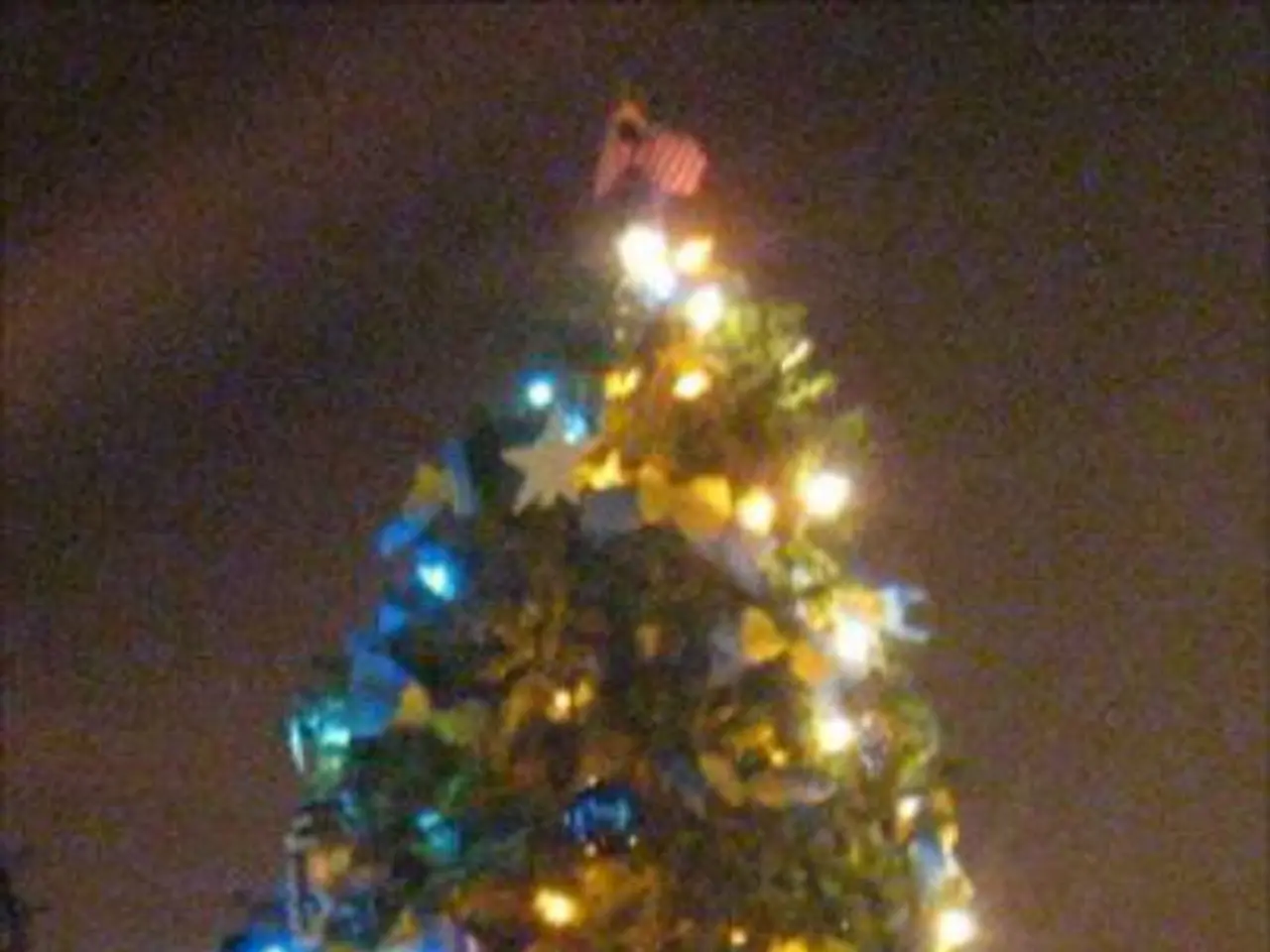Christmas Tree Origins: Examining the Pagan Influences within a Christian custom
The Christmas tree, a symbol of joy and celebration, has a rich historical and cultural evolution that stretches back to ancient pagan practices and has been transformed within Christian celebrations. This enduring icon of the modern Christmas season is celebrated worldwide.
In ancient times, evergreen trees held significant symbolic value, representing life, renewal, and resilience. Many civilizations, including those in Northern Europe, used evergreens during Yule celebrations, which symbolized eternal life and protection against evil spirits. Sacred groves, where evergreen trees were prominent, were sites of worship and ritual across Europe. Trees were often viewed as sacred, embodying the divine or serving as a bridge between the earthly and spiritual realms.
The use of evergreen trees predates Christianity and is linked to ancient pagan rituals celebrating the winter solstice, a time when days began to lengthen again after the darkest part of the year. Among Germanic peoples, the Yule festival was a key winter solstice celebration involving feasting, evergreen decorations, and honoring nature spirits. This festival was eventually supplanted by Christmas but deeply influenced its customs.
The Christian adaptation of evergreen trees began in medieval Germany. By the Middle Ages, Germans used "paradise trees," decorated with apples to represent the Garden of Eden, displayed on December 24, the feast day commemorating Adam and Eve. The 16th century saw the emergence of decorated Christmas trees in homes. Although the story that Martin Luther was the first to add candles to a tree (inspired by stars shining through evergreens) is more legend than fact, he did influence German Christmas traditions significantly.
Wooden Christmas pyramids and candle decorations became part of the evolving practice, cementing the Christmas tree as a Christian symbol of life and light during dark winter months. By the 19th century, Christmas trees were firmly established in German culture and had spread to other parts of Europe. The tradition gained immense popularity in England and America after Queen Victoria and Prince Albert were depicted in 1848 with a decorated Christmas tree, inspiring widespread adoption.
In modern times, the Christmas tree has become a global symbol of Christmas, celebrated with a variety of decorations, including lights, ornaments, and tinsel, in many cultures around the world. The evergreen tree represents a confluence of ancient pagan symbolism of life and renewal, reinterpreted through Christian faith, and popularized globally as a joyful focus of family, festivity, and light during the Christmas season.
The Christmas tree tradition thus stands as a unifying symbol of celebration, bringing people together in a shared spirit of festivity, and reminding us of the enduring power of tradition to connect us to our past while creating new memories for future generations.
References: [1] History.com Editors. (2019, December 18). History of the Christmas Tree. History.com. https://www.history.com/news/history-of-the-christmas-tree [2] Smith, J. (2018, December 11). The History of Christmas Trees. Britannica. https://www.britannica.com/topic/Christmas-tree [3] The History of the Christmas Tree. (n.d.). National Geographic Kids. https://www.natgeokids.com/uk/discover/history/history-of-the-christmas-tree/ [5] Christmas Tree. (n.d.). Encyclopædia Britannica. https://www.britannica.com/topic/Christmas-tree
- The evergreen tree, a tradition deeply rooted in history and culture, symbolizes life, renewal, and resilience, as noted in ancient civilizations and their Yule celebrations.
- Modern lifestyles often incorporate evergreen trees decorated with fashion-and-beauty items such as ornaments, lights, and tinsel, reflecting a blend of ancient pagan symbolism and Christian faith.
- Food-and-drink plays a significant role in Christmas celebrations, much like how it did during the Yule festival when Germans feasted and used apples to decorate their "paradise trees."
- Home-and-garden Christmas decorations have evolved over time, with the addition of wooden pyramids and candle decorations that symbolize life and light, reminding us of the relationship between humans and nature.




